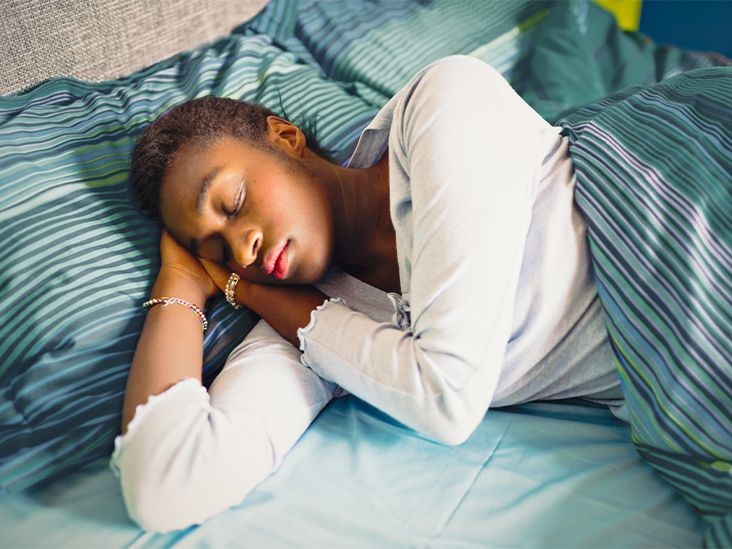Have you ever spent hours tossing and turning, desperately waiting for sleep to come? Or jolted awake in the darkness, disoriented and frustrated to find the clock reading 3 a.m.?
These common sleep struggles often trace back to one crucial factor: sleep hygiene. This refers to the daily practices and environmental factors that either support or sabotage your ability to get quality rest. The good news? By making thoughtful adjustments to your routine, you can transform your sleep experience.
Let’s explore how fundamental habits—like regulating your sleep schedule and managing evening light exposure—can help you fall asleep faster, stay asleep longer, and wake up feeling truly refreshed. Small changes to your daytime and nighttime routines could make all the difference in achieving the deep, restorative sleep your body craves.
The first step? Recognizing that quality sleep doesn’t happen by accident—it’s the natural result of cultivating sleep-friendly habits throughout your day.
Understanding Sleep Hygiene: Your Path to Better Rest
Sleep hygiene encompasses the daily habits and environmental factors that promote consistent, high-quality sleep. These practices are essential because quality sleep directly impacts every aspect of your wellbeing – from cognitive function and emotional balance to immune health and disease prevention.
What many people don’t realize is that sleep quality isn’t just determined by your bedtime routine. Your entire day’s worth of choices creates the foundation for how well you’ll sleep at night. Key factors include:
• Nutritional choices (caffeine timing, evening meals)
• Daily rhythms (consistent wake-up times, light exposure)
• Pre-sleep wind-down (screen use, relaxation practices)
The good news? Whether you struggle with falling asleep, staying asleep, or waking up unrested, science shows that optimizing these daytime and nighttime habits can dramatically improve your sleep quality. Below, we’ll explore 12 research-backed strategies to transform your sleep hygiene and help you achieve the deep, restorative rest your body needs to thrive.
Why this matters: When you improve your sleep hygiene, you’re not just sleeping better – you’re investing in your long-term health, productivity, and quality of life. Small adjustments can yield significant improvements in how you feel both day and night.
-
Circadian Rhythm Regulation
Maintain fixed sleep/wake times (even weekends) within a 7-8 hour window. This consistency strengthens your internal biological clock, reducing sleep onset time by up to 40% according to Sleep Medicine Reviews studies. -
Neurochemical Wind-Down Protocol
Develop a 60-minute pre-sleep routine featuring:
-
Thermal therapy (warm bath 1-2 hours before bed)
-
Gentle yoga (focus on forward folds)
-
Meditation (try 4-7-8 breathing technique)
-
Analog reading (physical books under warm lighting)
-
Digital Sunset Implementation
Blue light from devices suppresses melatonin production by 50-80%. Institute:
-
Screen curfew 90 minutes before bed
-
Amber lighting apps (f.lux, Night Shift)
-
Physical separation from devices (charge outside bedroom)
-
Exercise Chronobiology
-
Morning cardio enhances deep sleep (NREM stage 3)
-
Resistance training optimal at 3-5 PM
-
Avoid high-intensity exercise within 3 hours of bedtime
-
Caffeine Half-Life Management
The stimulant’s effects last 5-7 hours, with genetic variations:
-
Fast metabolizers: Limit after 2 PM
-
Slow metabolizers: Cease by noon
-
Consider L-theanine supplementation to modulate effects
-
Sleep Sanctuary Optimization
Create an ideal sleep environment:
-
Temperature: 60-67°F (15.6-19.4°C)
-
Darkness: <5 lux (blackout curtains/mask)
-
Sound: White noise at <30 dB
-
Tactile: Medium-firm mattress with proper spinal alignment
-
Cognitive Association Strengthening
Reserve bed exclusively for sleep/sex to reinforce:
-
Strong bed-sleep neural pathways
-
Reduced sleep latency
-
Increased sleep efficiency
-
Sleep Drive Utilization
Only approach bed when drowsy (eye heaviness, yawning)
If not asleep within 20 minutes:
-
Leave bedroom
-
Engage in dull activity until sleepiness returns
-
Strategic Napping Protocol
When necessary:
-
Limit to 20 minutes
-
Schedule between 1-3 PM
-
Use reclined position (35° angle)
-
Stress Deceleration Techniques
-
Worry journaling (complete 2 hours before bed)
-
Progressive muscle relaxation
-
Weighted blanket use (12-15% body weight)
-
Nutrient Timing Principles
-
Last meal: 3+ hours before bed
-
Sleep-promoting snacks: Almonds, kiwi, tart cherry juice
-
Avoid alcohol (reduces REM by 50%)
-
Light Exposure Management
-
Morning: 15-30 minutes natural light
-
Evening: Warm lighting (<3000K) after sunset
-
Electronic devices: Night mode activation
Clinical Considerations
While these strategies benefit most individuals, chronic sleep issues may indicate underlying conditions like:
-
Sleep apnea (affects 25% of adults)
-
Restless leg syndrome
-
Circadian rhythm disorders
Consult a sleep specialist if problems persist despite good sleep hygiene. Recent studies show cognitive behavioral therapy for insomnia (CBT-I) combined with these techniques yields 80% improvement in chronic cases.
Implementation Roadmap
Week 1-2: Focus on schedule consistency and digital sunset
Week 3-4: Optimize sleep environment and caffeine management
Week 5+: Incorporate advanced stress reduction and light exposure techniques
Remember that sleep hygiene creates the foundation for quality rest, but individual adaptation is key. Track your progress with sleep diaries or wearable technology to identify your personal optimal routine.














Leave a Reply
View Comments